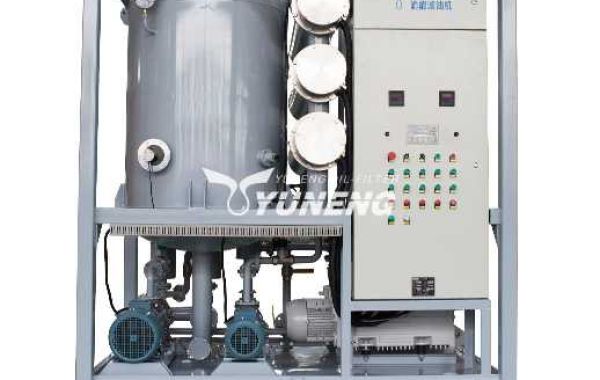This is where transformer oil filter machines come into play.
The Manufacturing Process: A Step-by-Step Guide
Design and Engineering:
Conceptualization: The design team starts by understanding the specific requirements of the filter machine, such as flow rate, filtration efficiency, and compatibility with different oil types.
CAD Modeling: Advanced computer-aided design (CAD) software is used to create detailed 3D models of the machine's components, ensuring precise fit and function.
Material Selection: Careful consideration is given to selecting materials that are durable, corrosion-resistant, and suitable for the harsh operating conditions of transformer oil filtration.
Component Fabrication:
Machining: Precision machining techniques, such as milling, turning, and drilling, are employed to create the various components of the filter machine, including the housing, filter elements, valves, and pumps.
Welding: For larger or complex assemblies, welding processes like TIG or MIG welding are used to join components together securely.
Assembly: The fabricated components are assembled into sub-assemblies and then into the final machine.
Filter Element Manufacturing:
Material Selection: High-quality filter media, such as cellulose, polypropylene, or glass fiber, are chosen based on the desired filtration efficiency and particle size removal.
Media Formation: The filter media is formed into the required shape and size, often using specialized equipment like paper-making machines.
Pleating or Corrugating: The media is pleated or corrugated to increase the surface area and improve filtration performance.
Testing and Quality Control:
Leak Testing: The filter machine is subjected to rigorous leak testing to ensure that there are no leaks or defects in the seals or connections.
Pressure Testing: The machine is pressurized to verify its structural integrity and ability to withstand operating conditions.
Filtration Efficiency Testing: The filter's performance is evaluated by passing contaminated oil through it and measuring the reduction in contaminant levels.
Finishing and Packaging:
Painting or Coating: The machine's exterior is finished with a protective coating to enhance its appearance and resistance to corrosion.
Packaging: The completed filter machine is carefully packaged for transportation and installation.
Conclusion
Transformer oil filter machines are critical for maintaining the health and performance of transformers. Their manufacturing involves a meticulous process that requires expertise, precision, and adherence to quality standards. By understanding the intricacies of this process, we can appreciate the importance of these machines in ensuring the reliability and efficiency of electrical power systems.







